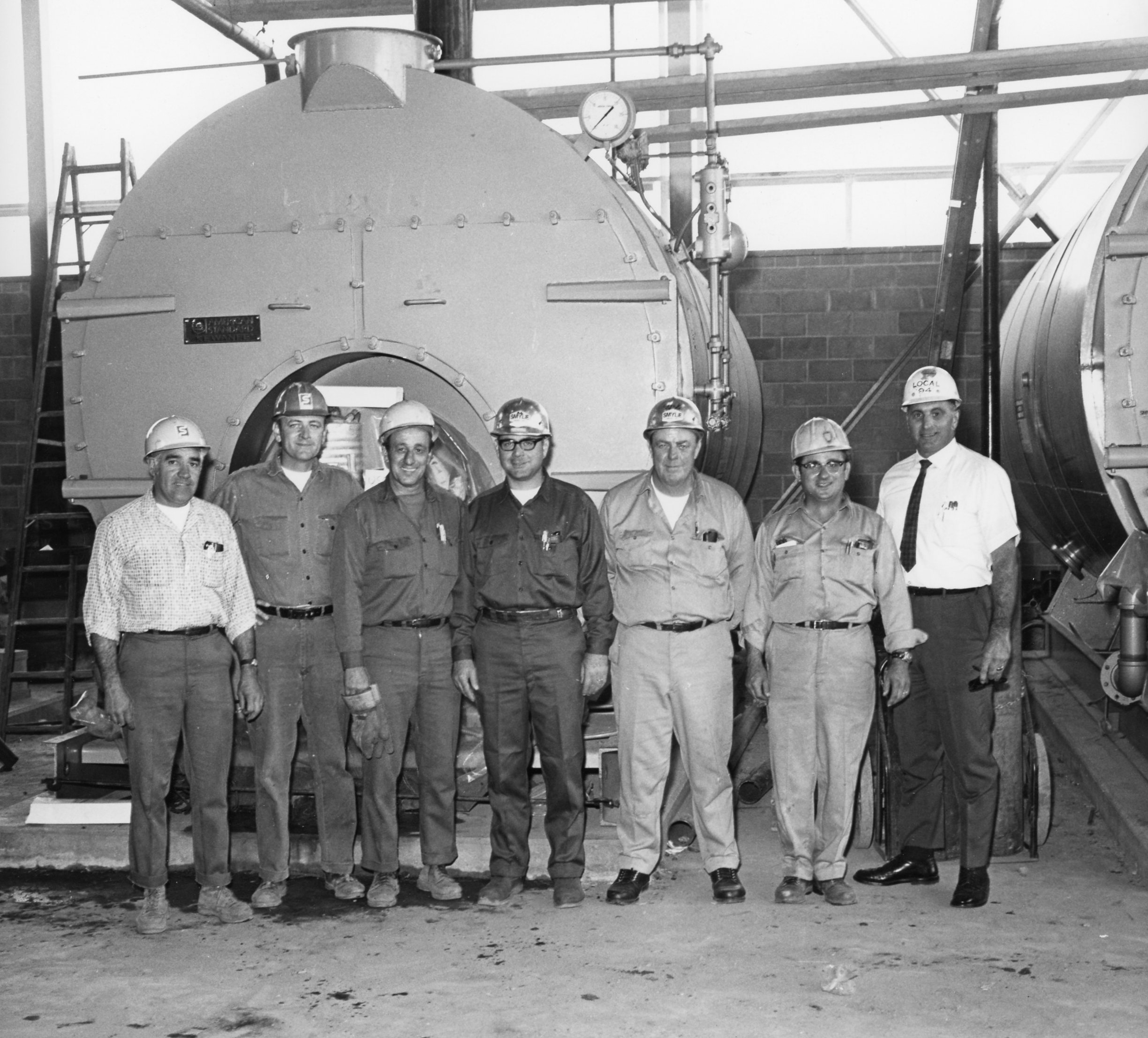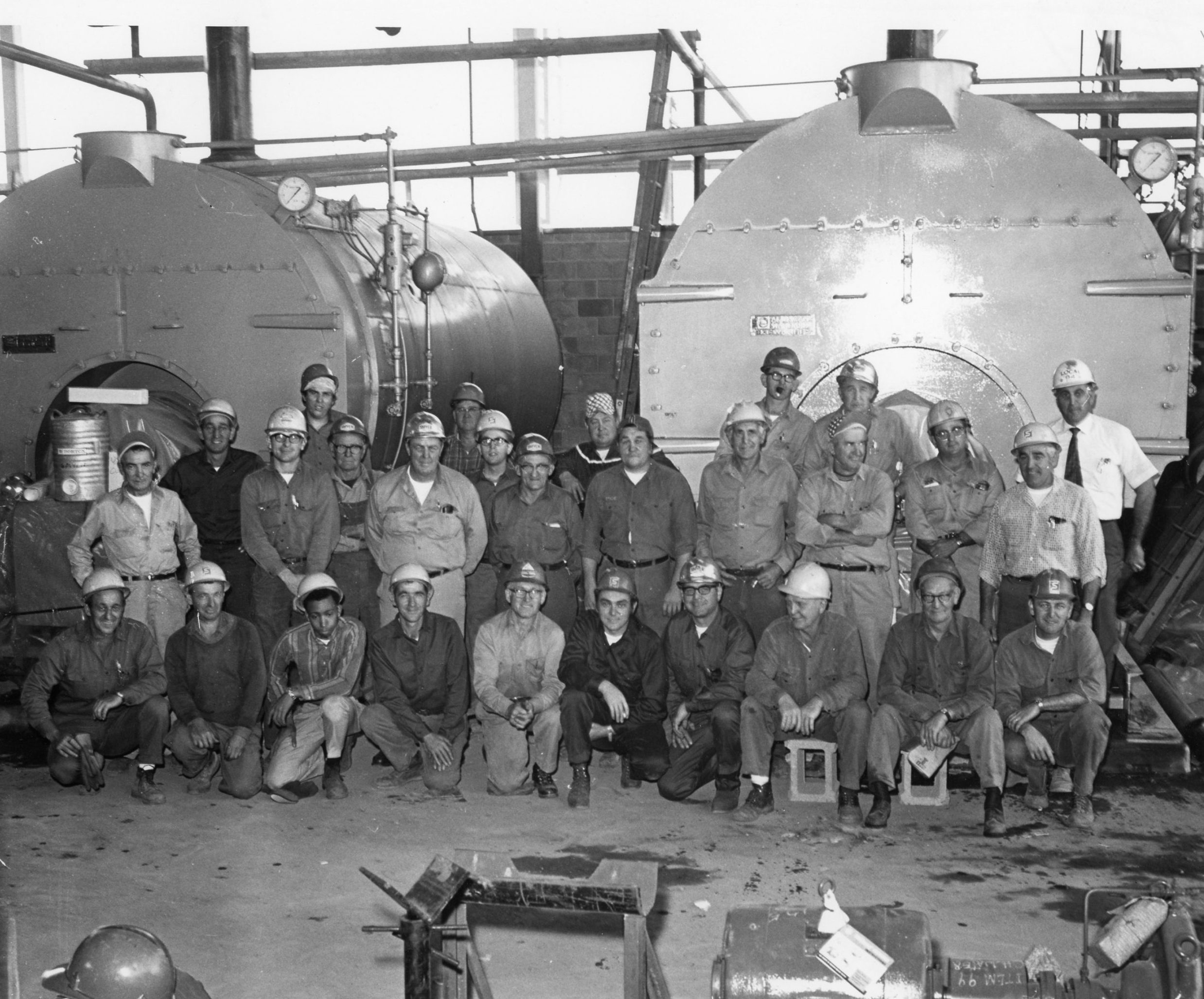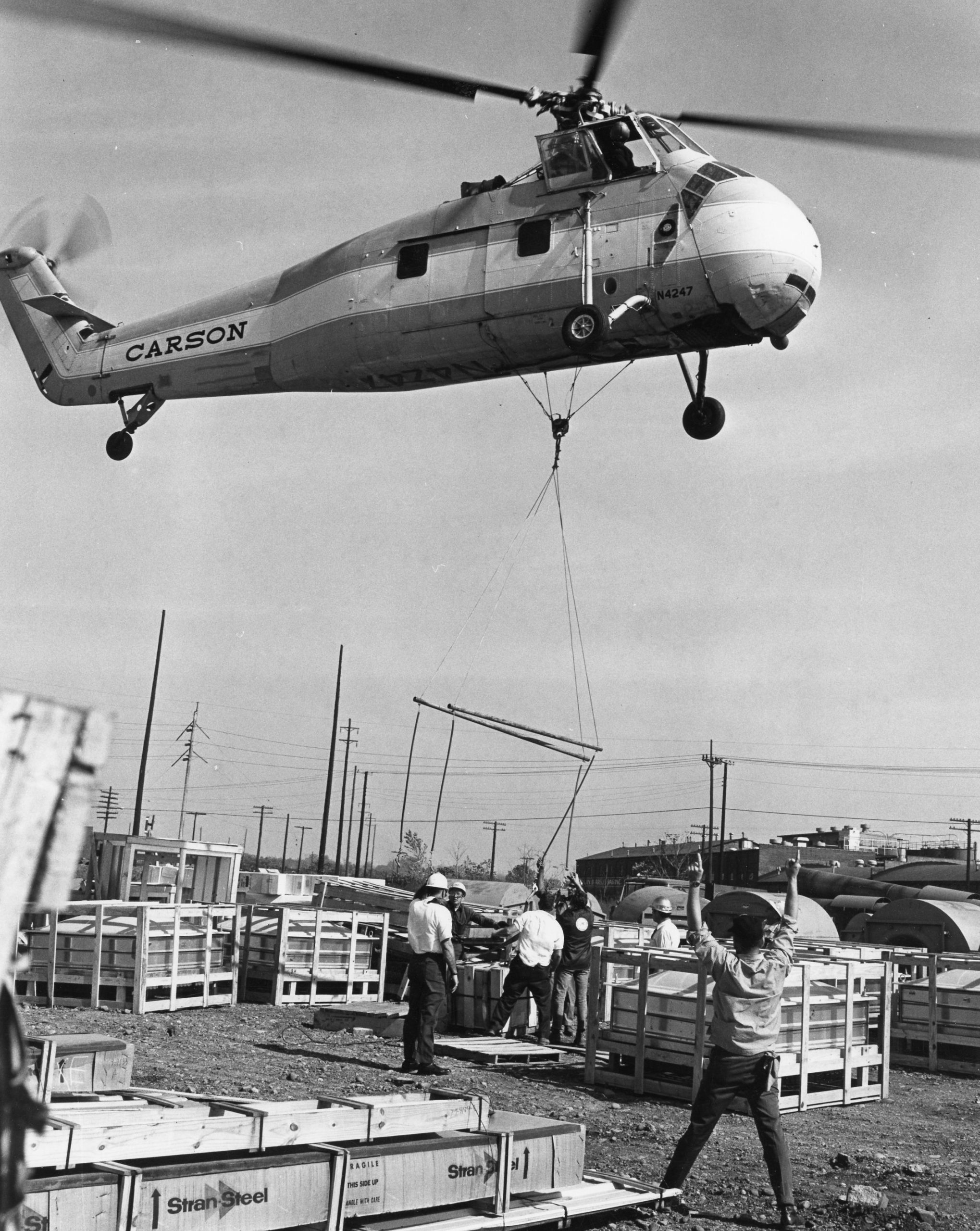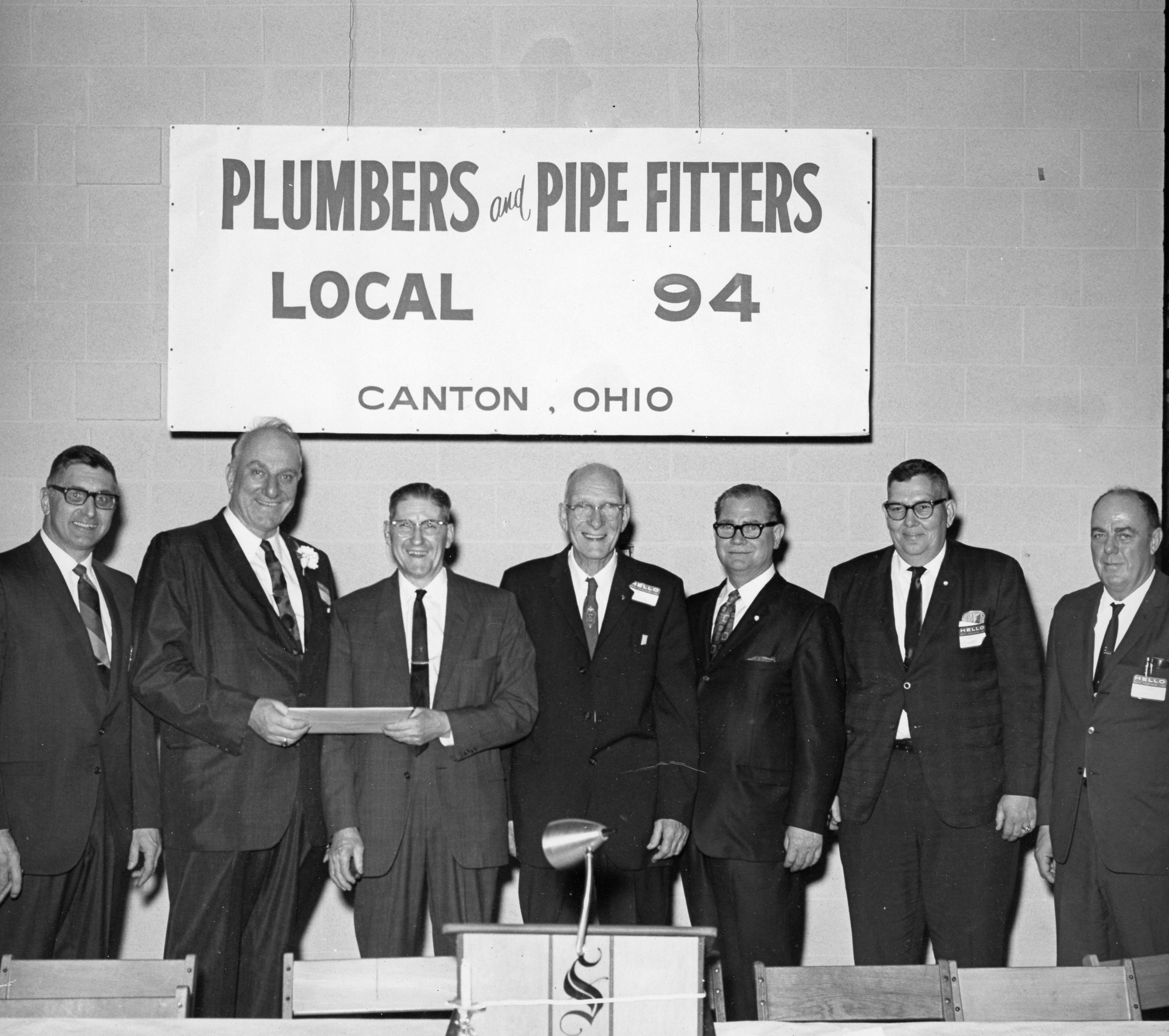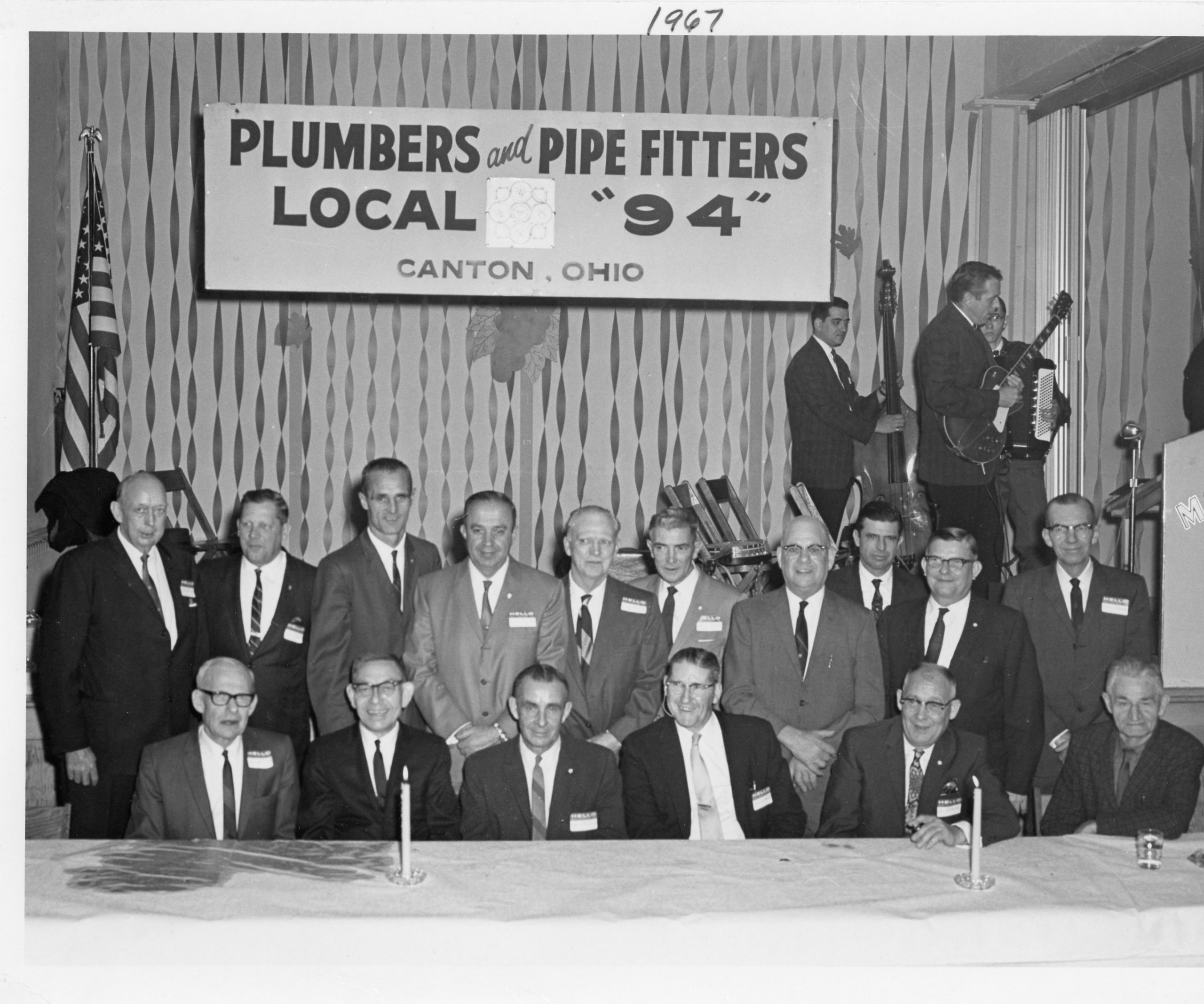United Association and Local 94 History
The author of the letter would become the first General President and its recipient the first General Secretary-Treasurer of the United Association.
Prior to 1889, plumbers, steamfitters and gas fitters who were organized were members of independent local unions with either no affiliation, or affiliation with a variety of trades.
By 1889, however, with existing organizations declining or becoming devoted to only one craft, local union leaders began to consider other ways to unite national pipe trades journeymen to deal with mutual problems, including how to treat traveling members, build apprenticeship, and provide strike aid.
In response to these issues, the United Association was officially born on October 11, 1889. The original name of the organization was the United Association of Journeymen Plumbers, Gas Fitters, Steam Fitters and Steam Fitters’ Helpers of the United States and Canada.
The Early 1900’s
At the turn of the century, early UA leaders faced new challenges and were forced to make numerous controversial and revolutionary decisions. Among these was establishment of a mechanism that would allow UA members to travel to jobs throughout the United States and Canada. The clearance card system was created to enable unemployed journeymen in one locality to travel to work in another.
This “mobility” became especially important during the early 1900’s, when the construction industry entered a period of tremendous expansion. From 1898 to 1914, the UA quadruped its membership.
During these years, under the leadership of General President John S. Kelley, steps were taken to strengthen the UA on a national basis. One of those was establishment of the stamp system of dues collection. This move dramatically improved the UA’s financial stability and provided a means of compiling a reliable list of affiliated local unions and their membership.
Significant progress toward a sound, modern union came in 1902 in Omaha, Nebraska, when delegates to the UA convention approved a plan to provide a comprehensive system of sick, death and strike benefits.
The UA’s nationalization efforts were further strengthened during the general presidency of John R. Alpine from 1906 to 1919. His term in office was marked by extraordinary executive skills that resulted in the implementation of many important reforms and changes in an atmosphere of harmony.
The Great Depression
During the first two decades of the 20th century, the UA moved boldly into the forefront of the American labor movement. Landmark accomplishments included the creation of a formal five-year apprenticeship program, the expansion of UA influence to include construction of industrial plants and public utilities, and a growth in membership to 60,000 by the year 1929.
Then disaster struck in the form of the Great Depression. With the stock market crash of 1929 and the failure of many banks, the U.S. and Canadian economies could not sustain the level of growth that had been experienced following World War I. As a result, construction came to a standstill, UA membership dropped to less than 35,000, and no conventions were held between 1928 and 1938.
The Depression took a heavy toll on the UA. Members who had worked all their lives suddenly found themselves without jobs, suffering economic deprivation and a loss of pride. Nevertheless, these years were marked by courage and sacrifice, with members helping members so that all might survive.
With the advent of the New Deal under President Franklin D. Roosevelt, the UA went back to work. UA members throughout the United States and Canada undertook the extensive projects we now recognize as lasting monuments to perseverance in the face of adversity.
Through the Public Works Administration and the Works Progress Administration, the UA helped build the dams, roads, libraries, schools, public buildings and housing projects that are an enduring legacy to the craftsmanship of UA workers and other members of the building trades.
World War II
By 1941, UA membership had reached 81,000. That number soared to 210,000 during World War II. Thousands of UA members enlisted in the armed forces and served bravely in conflicts all over the world. Back home, UA members were put to work in shipyards, weapons plants, aircraft factories and other facilities. Some members also served in military construction units overseas.
During these years, the UA grew in both membership and prestige. Wartime construction contributed to this rise, but other events also enhanced the strength of the UA. One of those was the development of national agreements between the UA and large, national contractors. The landmark UA-NCA (National Constructors Association) National Construction Agreement was signed in 1941.
The post-war years were also marked by the rise of one of organized labor’s most prominent leaders — George Meany, the first president of the newly-formed merger of the two principal labor organizations (the American Federation of Labor and the Congress of Industrial Organizations) into the AFL-CIO. A plain-spoken man of great courage and dignity, he was perhaps the most influential figure in shaping the American labor movement from the mid-1950’s until his death in 1980. George Meany was also a proud member of United Assocation Local 2 in New York City.
The ties between the UA and the AFL-CIO have always been strong. The UA became an affiliate of the American Federation of Labor in 1897, and the United Association General Office in Washington, D.C. was originally built by Samuel Gompers in 1915-16 to serve as AFL headquarters. Today, the UA is one of the strongest forces within the Building and Construction Trades Department of the AFL-CIO.
A New Millennium Of Pride Through Excellence
In 1989, the UA proudly celebrated its 100th anniversary. As we move into the new century, the UA remains a strong, vital organization comprised of thousands of highly skilled men and women who have joined together for a common purpose. Today’s UA members use their skills in commercial, industrial and residential arenas. Among the many projects on which UA members can be found are single-family homes, garden and high-rise apartment buildings, large and small office complexes, power plants, refineries and factories.
The pipe trades industry provides water supply, waste and sewage services, water treatment and sewage treatment systems. In addition, the UA’s jurisdiction includes heating, air conditioning and refrigeration systems, along with automatic-sprinkler and fire-protection systems.
To ensure that there remains a steady supply of tradesmen skilled enough to meet the challenges of today’s diverse and expanding construction industry, the UA has shaped a superb training program. In fact, the UA’s commitment to training is unsurpassed among trade unions worldwide. The journeymen produced by this training program over the years are the backbone of the United Association.
From humble beginnings of 40 delegates representing 23 independent unions in 10 states and the District of Columbia, the United Association has grown to a powerful, international union representing over 300,000 members in more than 300 local unions throughout the United States and Canada.
The UA has been at the forefront of the fight for worker’s rights for over 100 years. Now, as we move into a new millenium we are faced with many new and imposing obstacles. To prepare our membership for the rapid advancements in technology and the way business is conducted, the UA has developed one of the most extensive training programs of any union in the world, spending more than $200 million dollars a year ensuring that our members are prepared for the future.
Local 94 History
It all began in 1901 when a band of Plumbers and Steamfitters interested in public health and welfare organized themselves, and on March 9, made an application for a Charter, which is now Plumbers and Pipefitters Local 94 – one of the oldest in the United States.
The newly organized union had 30 members and presented its new resolutions to the contractors, who refused to consider them – thus resulting in the first work stoppage in February 1902. An agreement was finally reached on March 28. UA Local Union 94 continued to grow, although slowly, over the next 15 years.
However, in 1917, no agreement was reached which resulted in a 17-year lock-out. This did not stop the members and leaders from continuing to work to keep the Union alive. Many social activities were started during this period to further that cause. After the 17-year lockout, the Union emerged even stronger and since then has continued to grow to our current membership of nearly 600. Growth Through Merger Some of that growth has evolved via mergers with like-minded Locals.
On January 1, 1963, Local 427 – Alliance, Ohio, which was chartered in 1908 merged with Local 94. September 1, 1974 brought about the merger with Local Union 252 – Massillon, Ohio, which was chartered in April 1901. This resulted in the combined organization of three United Association Local Unions who have prided themselves on the high-quality workmanship performed by their members.
Today, UA Local Union 94 is located in a 13,000 square foot building that consists of our offices, union hall and training center, featuring six classrooms and four hands-on shop areas — each geared toward a different course discipline. While many changes have taken place over the years, our foundation is strong, and we continue to grow and expand, campaigning for workers’ rights and providing skilled workers for the oil and gas industry – right in the heart of the Utica Shale play.
